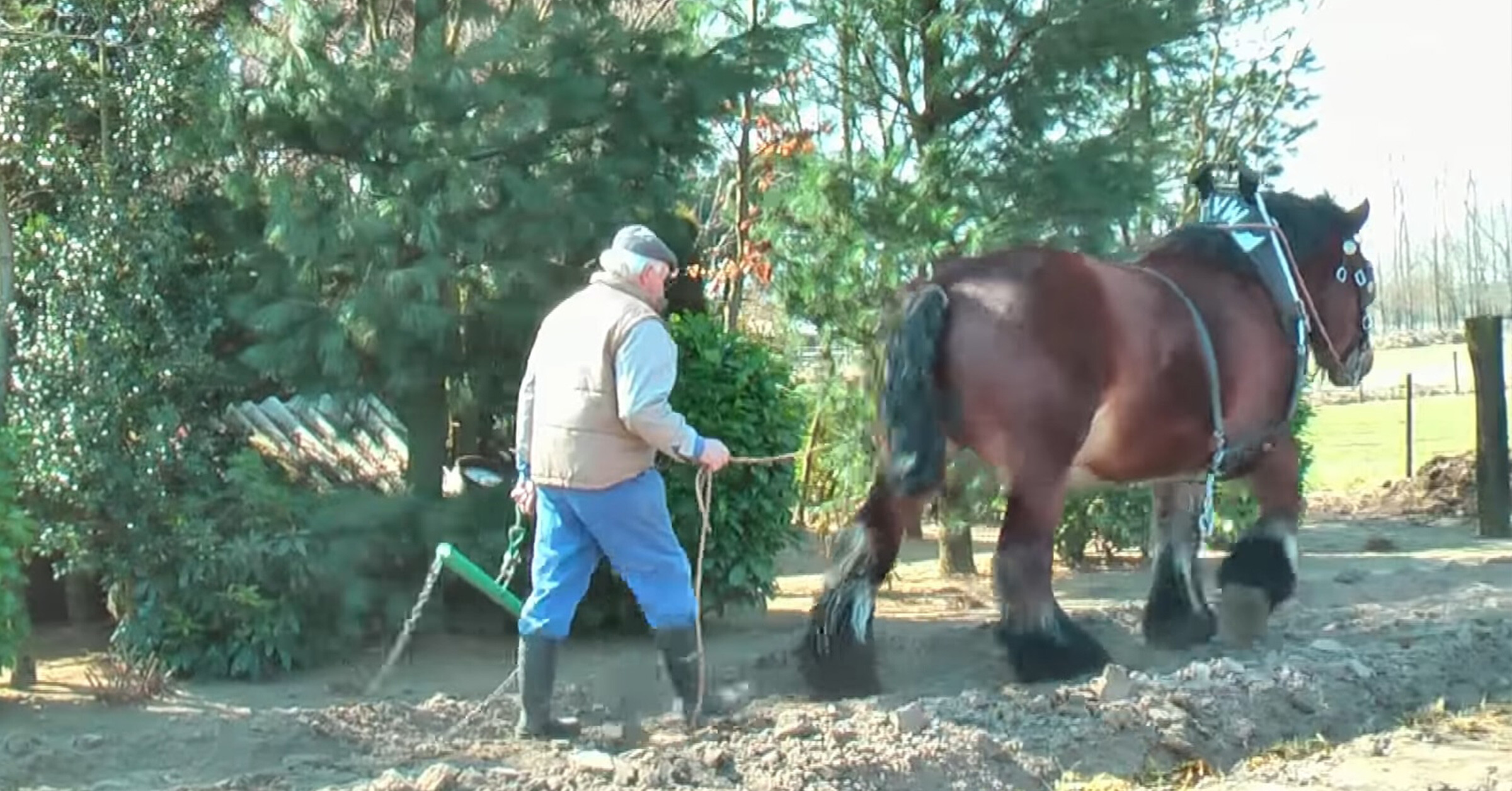Did you know that Belgian Draft horses are very strong? These horses were very significant in wartime to Hitler, who built bunkers up and down the coast covering over 100 miles of landscape. The Germans used Belgian draft horses to pull concrete, materials, and supplies.

These amazingly strong animals can pull 8,000 pounds. The interesting fact is that when two horses pull a load together, they don’t just pull 16,000 pounds combined. The team can pull 22,000 pounds. When they train together and pull together, they can pull up to 32,000 pounds.

Like many draft horses, the Belgian is well-muscled, with powerful hindquarters, a broad chest, a short, wide back, and a high neck that’s thicker with stallions. The head is relatively small for the body with a straight profile and a kind eye.

The Belgian draft horse is brave and a good decision-maker, with a sense of humor and personality as big as its body. However, the breed is also gentle and self-aware. When not being used for Driving sport, logging, agriculture, or sled pulling, this breed can be found on family farms, where it is often used for pleasure riding.

Owning a Belgian draft horse is a joy for those who know how to care for the breed. They do particularly well in cold climates, where they can usually remain outside for much of the winter. With a protective outer coat to absorb rain and snow, the undercoat stays dry, keeping the horse warm even in harsh weather.

Regular grooming is a must, as this breed can be prone to mud fever, AKA pastern dermatitis, more common with feathered breeds that may harbor various bacteria and fungi on the lower limbs. Additionally, azoturia (tying up) can be an issue for these hard workers, so plenty of water should be encouraged, along with electrolytes if the vet recommends.
